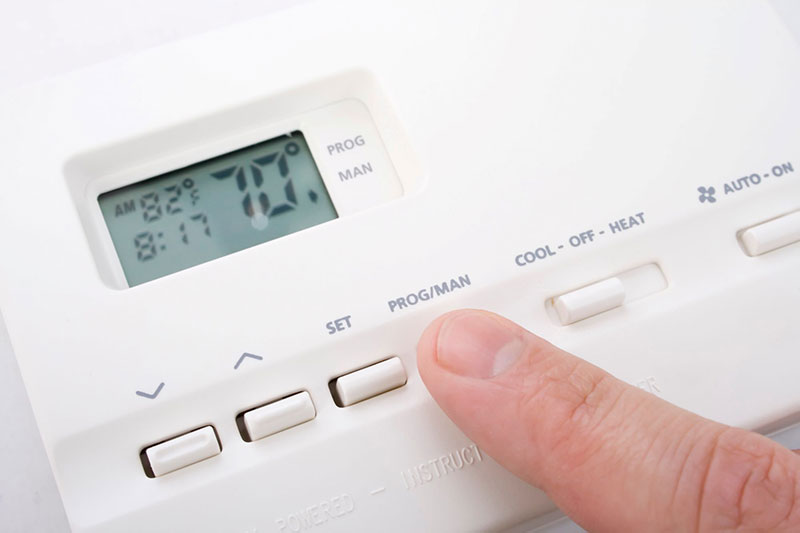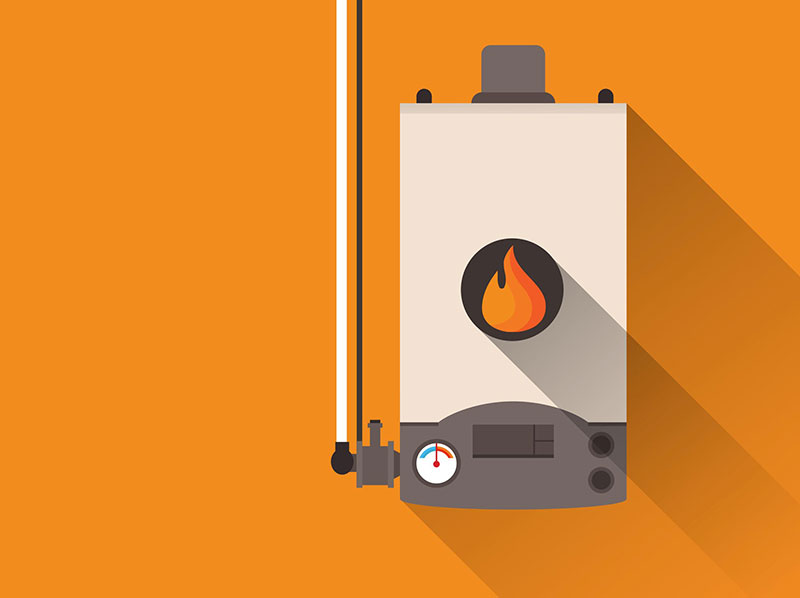Advertisement
During winter, some areas in Canada, like Toronto, can drop to negative degrees. A furnace is essential to ensure your home is comfortably toasty during winter. Depending on the type, the furnace may burn fuel or use electricity to heat the surrounding area.
A furnace is a heat-generating appliance to maintain warm, comfortable temperatures during winter or cold seasons. If you want to upgrade your current one, this article can help you get acquainted with this heating appliance, how it works, and its different types.
How Do Furnaces Work?
You can control a furnace using a room thermostat and a control panel. The control panel allows you to set a preferred indoor temperature while the thermostat senses ambient temperatures. If the thermostat detects fluctuations in your indoor temperature, it sends a signal to the control panel and adjusts the heat. Consequently, the furnace will increase or decrease warm air circulation to accommodate the required indoor temperature.
Furnaces Vs. Heat Pumps Vs. Boilers

When searching for furnaces online, you’ll also come across several terms, including heat pumps and boilers. Most people tend to use these terms interchangeably. However, experts like LG Home Comfort, the best HVAC company in Toronto, know the vital differences between these three terms.
Let’s differentiate these three terms below:
- Furnaces generate heat by burning fuel or blowing air over a heating element.
- Heat pumps draw heat from outside and carry it into your home. But they don’t produce heat as furnaces do. Due to how they function, heat pumps may not be suitable for icy areas. They can still draw warmth from outdoor air, even in freezing temperatures. However, as temperature drops, a heat pump may become less efficient than furnaces since the former relies on outdoor air.
- A boiler is a type of heating appliance that uses water. It heats water to create steam to provide warmth to your home. It may use natural gas, electricity, or oil to boil water. It distributes the heat through radiant flooring systems or radiators. Since it lacks a blower like a furnace, radiantly heated air from boilers tends to be comfortable to use inside your home.
Simply put, a furnace generates heat through combustion or heating element. A heat pump uses warm air outside, while a boiler uses steam from hot water.
Types Of Furnaces
Furnaces are available in various types. Each has different methods to heat air and comes with operating costs.
- Natural Gas Furnace
For areas with natural gas line providers, a natural gas furnace can help save costs in the long run. It ignites natural gas in the furnace’s burner, preparing the heat exchanger. It heats incoming cold air from your home’s ductwork, releasing it into your home.
On the other hand, a natural gas furnace requires regular cleaning and inspection of the flue pipe to prevent poisonous gases, such as carbon monoxide, from entering your home. Gas furnaces are more efficient at heating your home but can be expensive to buy and install.
- Electric Furnace
Electric furnaces have cheaper and easier installation and maintenance requirements. However, they can be expensive in the long run since they use electricity. An electric furnace pulls cold air into the exchanger, where it’ll be heated.
With an electric furnace, warm air is transferred and released via air ducts. Since it doesn’t use gas, electric furnaces are safer and give you better peace of mind.
- Propane Furnace
A propane furnace is similar to a natural gas furnace, except it doesn’t require a flue pipe. You can install a direct vent beside the furnace to expel smoke and waste gases outside your home. Also, propane furnaces are more efficient than natural gas furnaces. You don’t need to burn as much propane to get the amount of warmth as the natural gas furnace can produce.
- Oil Furnace
An oil furnace allows for faster heating in your home. The properties of the oil can make it hotter than natural gas. Hence, an oil furnace is more efficient for home heating. Its fuel pump sprays oil into the combustion chamber, heating and distributing it to your home via ductwork.
Please note that an oil furnace needs an oil tank to store oil. You can bury it near your house, within your property.
Takeaway
For those living in areas with the harsh winter season, furnaces can keep your home warm and comfortable despite the freezing temperatures. This article has given you a general idea about furnaces, making you more well-informed when purchasing one for your home.

